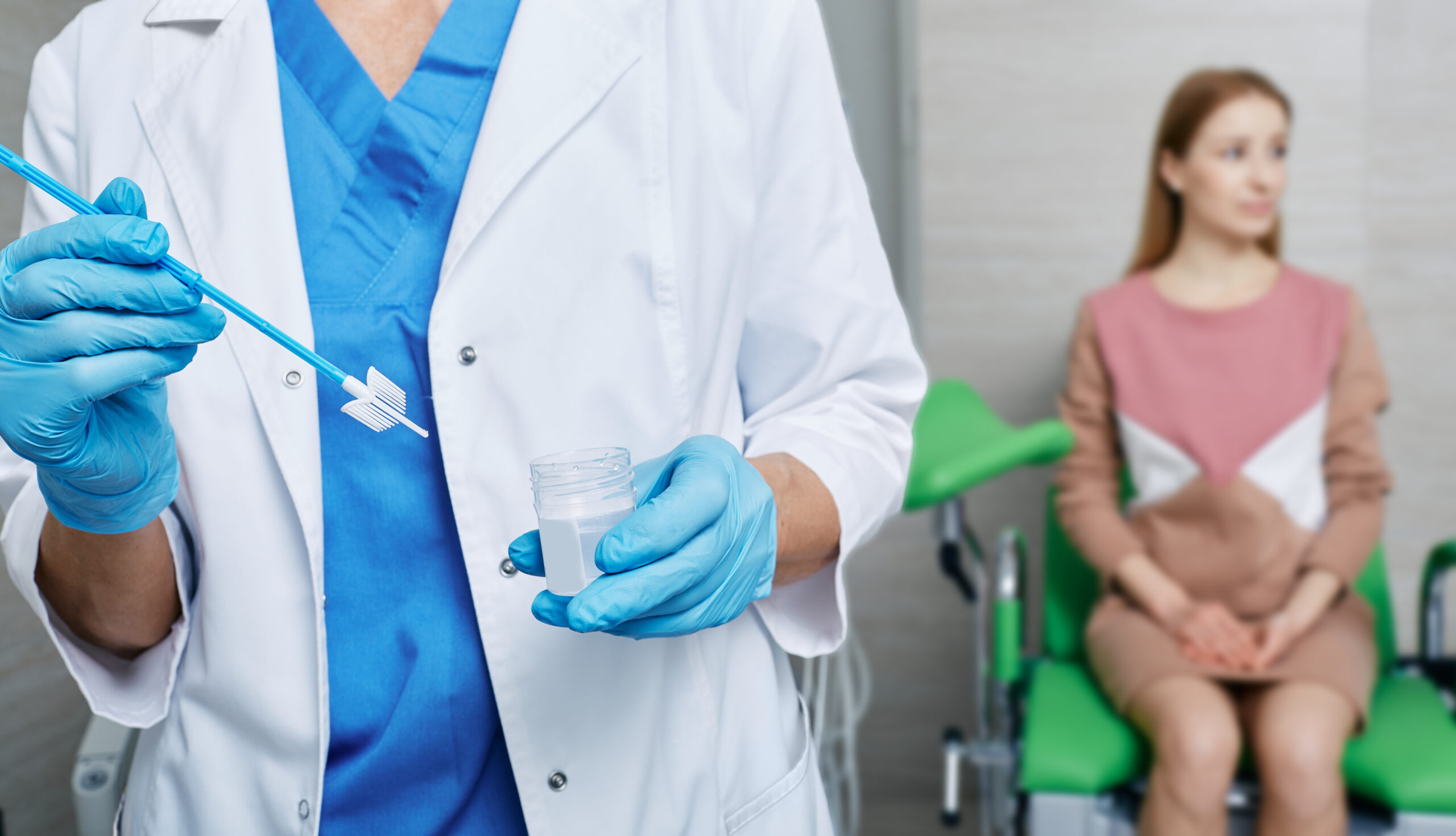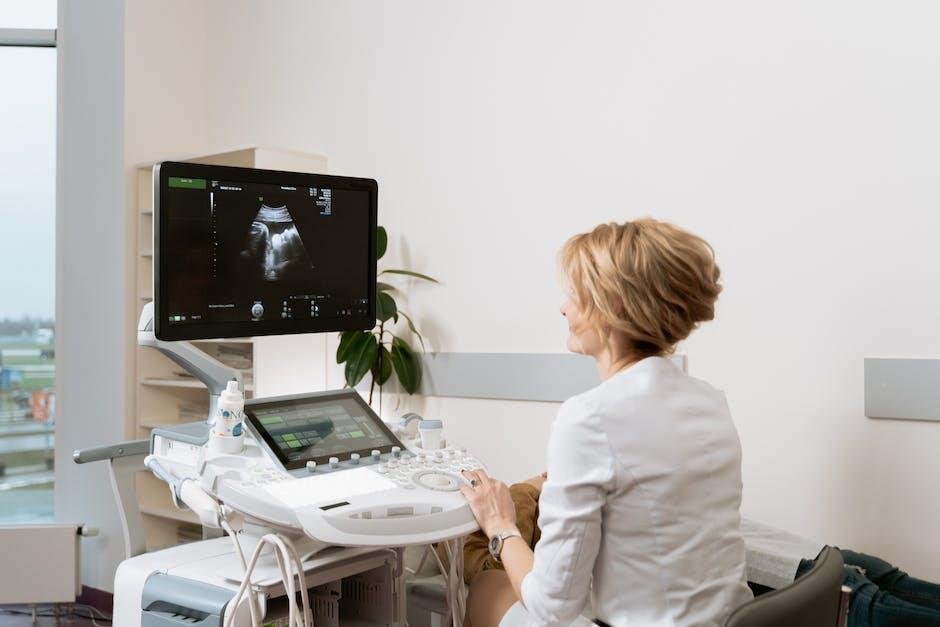Why Regular Pap Smears Are Essential for Women’s Health
In the landscape of women’s healthcare, few screenings are as important—or as potentially life-saving—as the Pap smear. This simple test, which takes only a few minutes to perform, can detect changes in cervical cells before they develop into cancer. Yet, many women either delay or avoid this vital screening due to discomfort, fear, or a lack of understanding about its importance.
At Women’s Health of Augusta, we believe in empowering women through education, early detection, and personalized care. Understanding the value of regular Pap smears is a key part of staying proactive and informed about your health. In this post, we’ll explain what a Pap smear is, why it’s essential, how often you should get one, and what to expect during the process.
What Is a Pap Smear?
A Pap smear, also known as a Pap test, is a procedure used to detect abnormal cells in the cervix—the lower part of the uterus that opens into the vagina. Named after Dr. George Papanicolaou, who developed the test in the 1940s, it’s become one of the most effective tools in preventing cervical cancer.
During the test, a healthcare provider collects a small sample of cells from your cervix using a soft brush or spatula. These cells are then examined under a microscope to identify any abnormalities, including precancerous changes or infections such as the human papillomavirus (HPV).
Why Pap Smears Matter
Cervical cancer is one of the most preventable forms of cancer, largely because of the Pap smear. When detected early, cervical cancer is highly treatable—and in many cases, it can be stopped before it ever begins.
Here are several reasons why regular Pap smears are so essential:
- Early Detection Saves Lives
Most cervical cancers begin with precancerous changes that develop slowly over time. A Pap smear can detect these changes long before they become cancerous, giving you and your healthcare provider time to monitor or treat the issue early.
- HPV and Cervical Cancer
HPV is the most common sexually transmitted infection and the leading cause of cervical cancer. Many HPV infections go away on their own, but persistent infection with high-risk strains can lead to abnormal cell growth. A Pap smear can pick up on these changes—even if you have no symptoms—so they can be addressed promptly.
- Peace of Mind
Health anxiety is real, and uncertainty can be stressful. Knowing that you’ve taken steps to screen for one of the leading causes of gynecologic cancer can provide reassurance and peace of mind.
- Part of a Broader Preventive Care Routine
Pap smears often occur during routine pelvic exams, which may also include breast exams, STI testing, and discussions about menstrual health, contraception, or menopause. These visits are an opportunity to talk openly with your provider about your overall reproductive health.
How Often Should You Get a Pap Smear?
Pap smear guidelines have evolved over the years, but the general recommendations from the American College of Obstetricians and Gynecologists (ACOG) are as follows:
- Age 21-29: Women should have a Pap smear every 3 years.
- Age 30-65: Women should have a Pap smear combined with an HPV test every 5 years (co-testing), or a Pap smear alone every 3 years.
- Over 65: Women who have had regular screenings with normal results may not need to continue testing, but this should be confirmed with your provider.
However, these are general guidelines, and your provider may recommend more frequent testing if you have certain risk factors, such as:
- A history of abnormal Pap results
- A weakened immune system
- Exposure to diethylstilbestrol (DES) before birth
- HIV infection
At Women’s Health of Augusta, we tailor screening recommendations based on your individual health history, lifestyle, and risk factors.
What to Expect During a Pap Smear
If you’re feeling nervous about your Pap smear, you’re not alone. Many women have questions or concerns about the process. Here’s what to expect:
- The Appointment: You’ll lie on an exam table with your feet in stirrups. Your provider will gently insert a speculum into the vagina to widen it and provide a clear view of the cervix.
- Sample Collection: A small brush or spatula will be used to collect a sample of cells from the cervix. This may feel like a light scraping or mild pressure but should not be painful.
- After the Test: The sample is sent to a lab for analysis. Results typically take a few days to a week. Your provider will contact you if any follow-up is needed.
Try to avoid scheduling your Pap smear during your period, as menstrual blood can affect the accuracy of the test. Additionally, avoid douching, using vaginal creams, or having sexual intercourse 24–48 hours before your exam.
Common Myths and Misconceptions
Let’s bust a few myths that may prevent women from getting regular Pap smears:
- Myth: “I feel fine, so I don’t need a Pap smear.”
Cervical cell changes often have no symptoms. Feeling healthy doesn’t mean you’re risk-free. - Myth: “Only sexually active women need Pap smears.”
HPV can be transmitted in many ways. Even women who are not currently sexually active may still need regular screenings, depending on age and history. - Myth: “A Pap smear checks for all gynecological cancers.”
Pap smears specifically screen for cervical cancer. They do not detect ovarian, uterine, or other types of cancer.
Taking Charge of Your Health
Scheduling regular Pap smears is a simple step with powerful benefits. It’s an investment in your future health and a key part of preventive care that no woman should skip. At Women’s Health of Augusta, we’re here to make your experience as comfortable, informed, and supportive as possible.
Whether you’re due for your next screening, have questions about your results, or are visiting for the first time, our team is ready to guide you with compassion and expertise. Remember, you’re not just checking a box—you’re taking charge of your health.
Ready to Schedule Your Pap Smear?
If it’s time for your screening or you’re unsure when your last test was, contact Women’s Health of Augusta today. Regular Pap smears can make all the difference—and we’re here to help you stay healthy, confident, and informed every step of the way.










